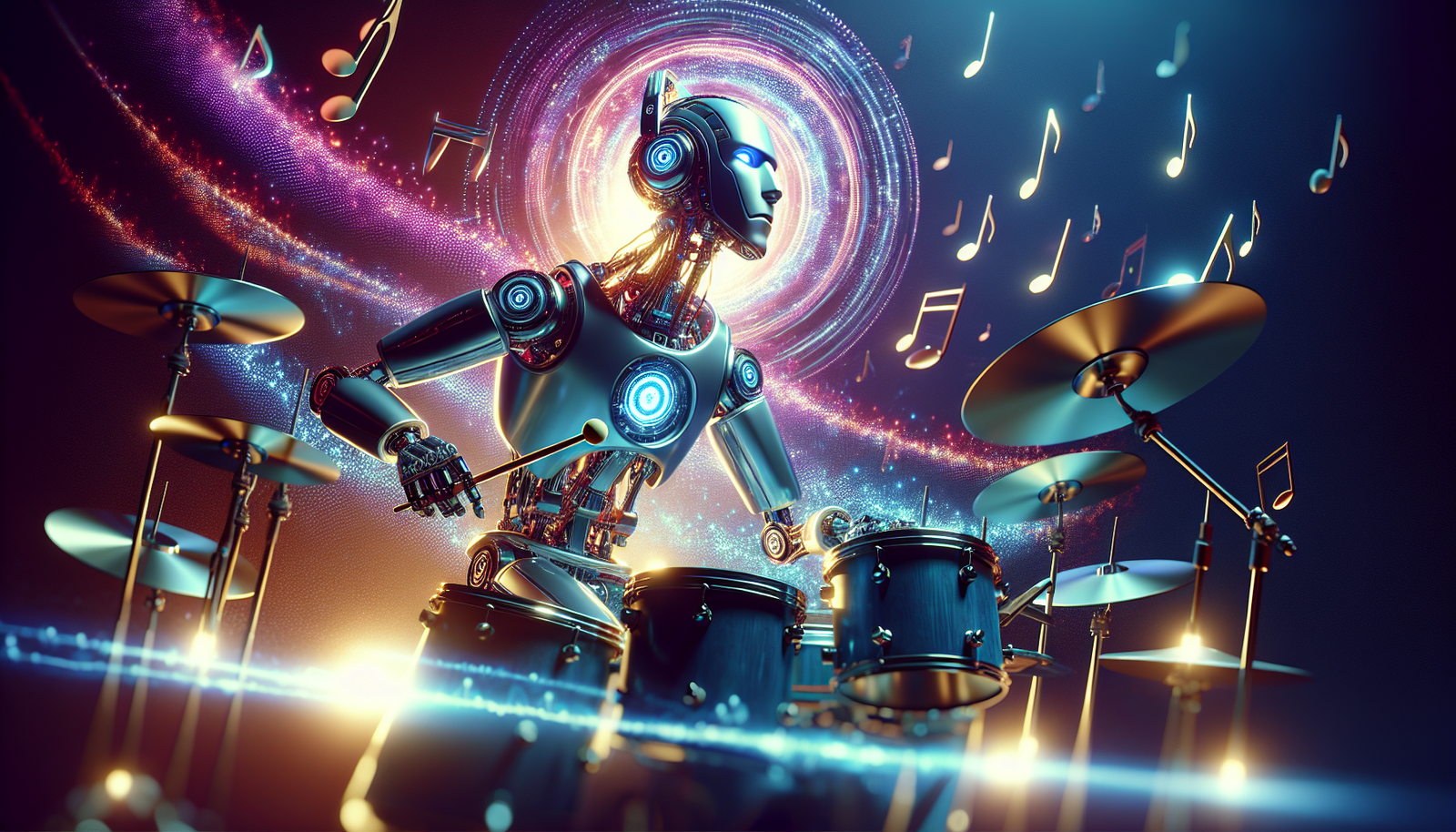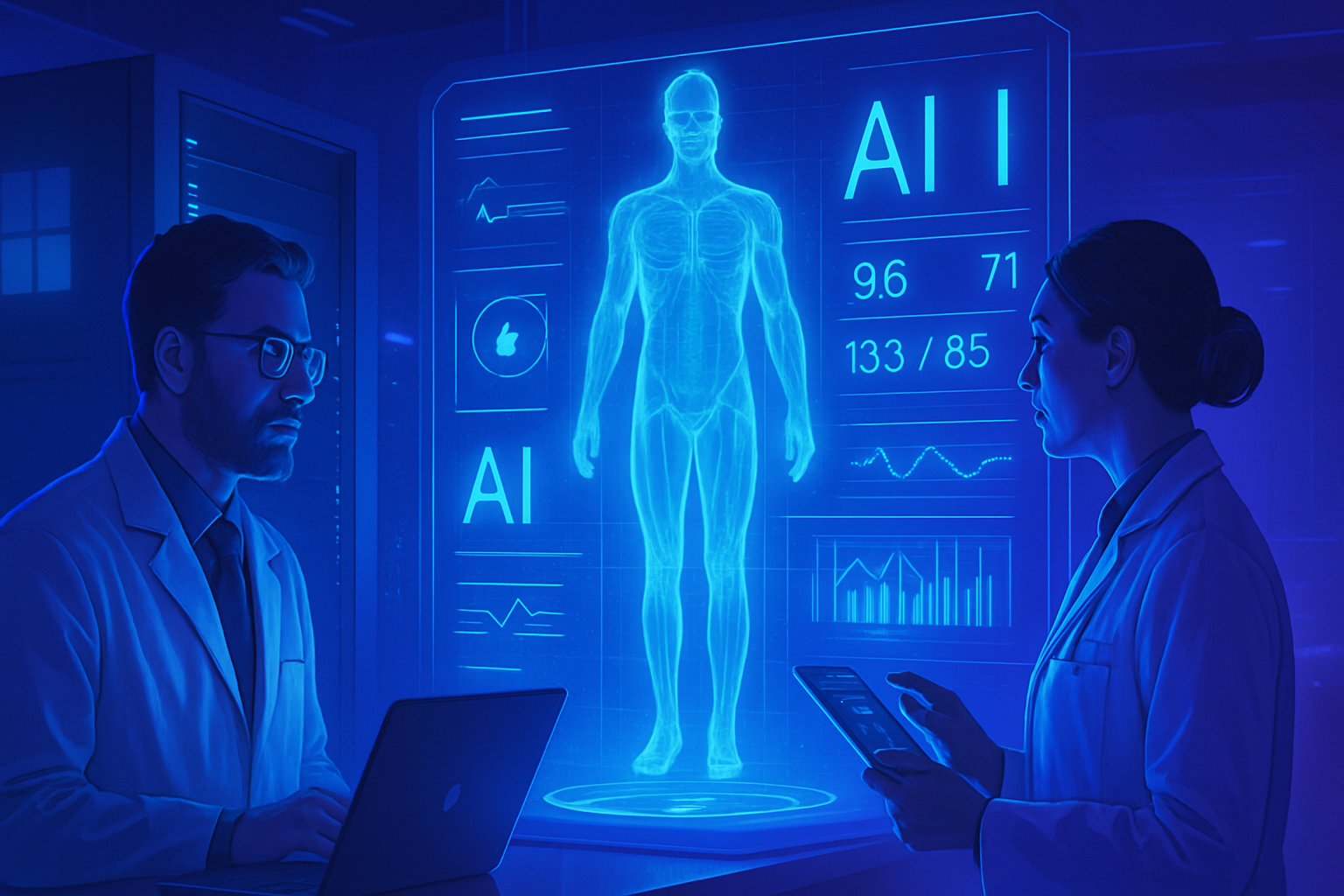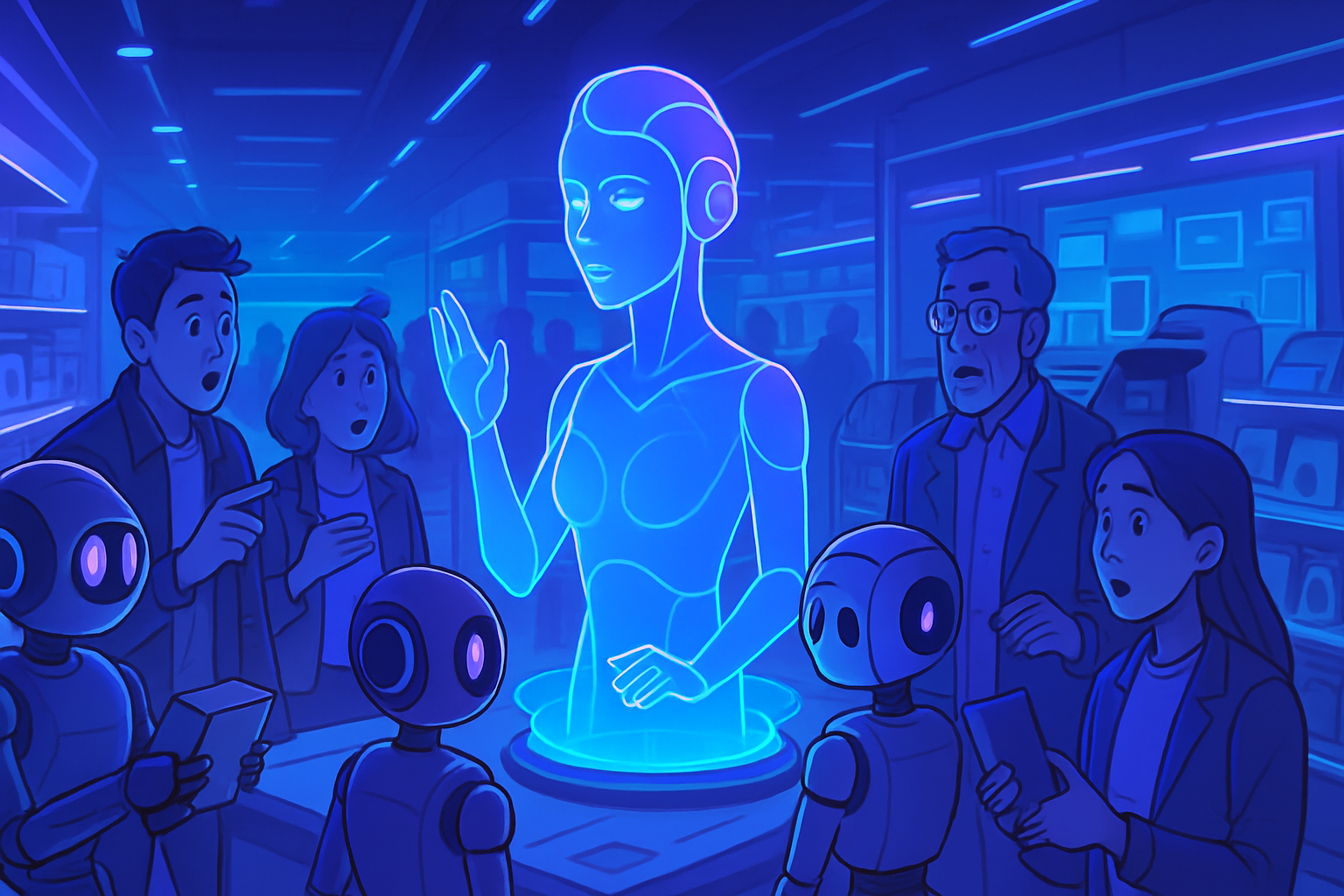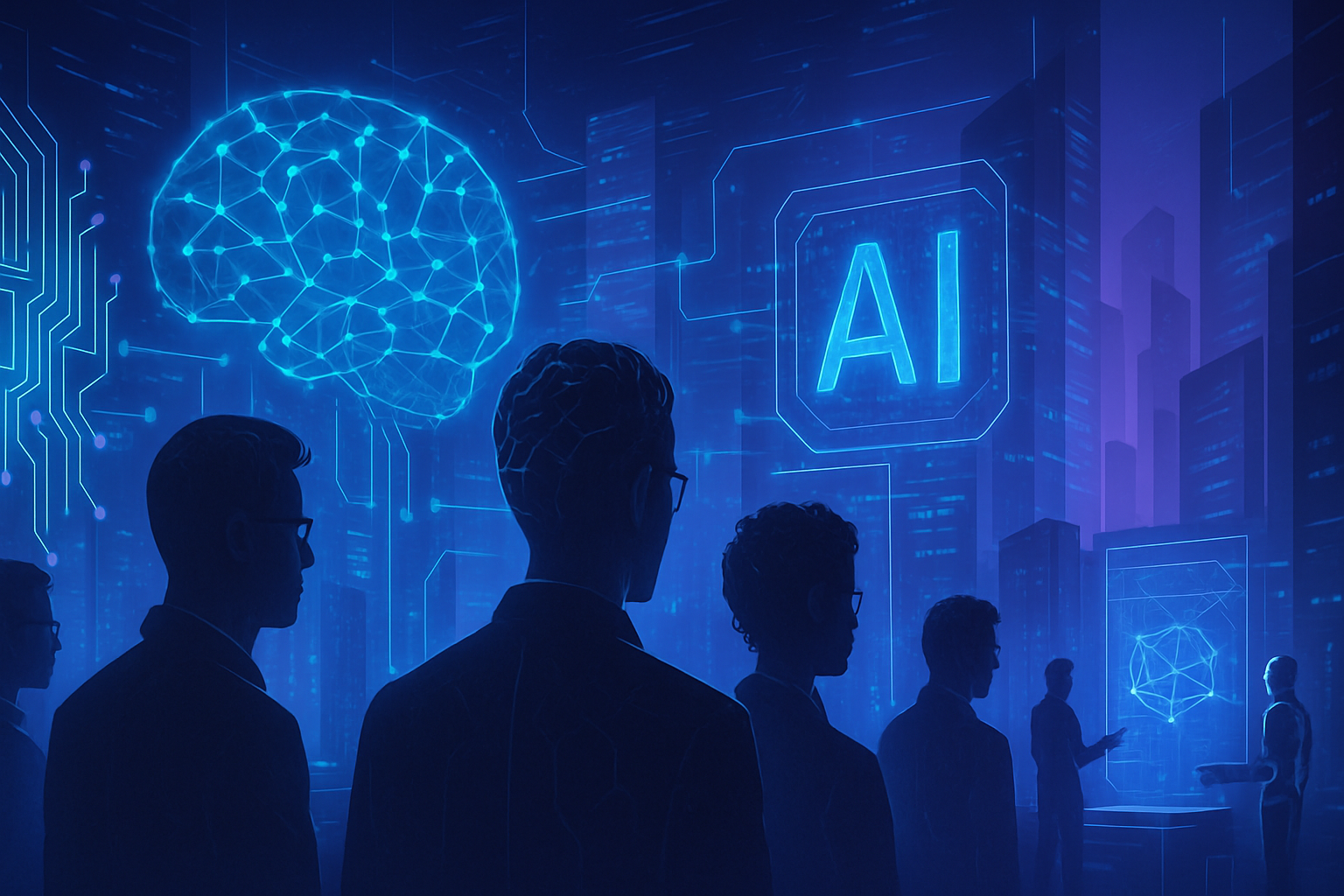The era of *intelligent machines* has reached an unprecedented milestone with the advent of the ZRob robot. This little prodigy, capable of playing the drums with finesse, combines advanced technology and musical sensitivity. ZRob does not simply replicate human rhythms; it innovates through the flexibility of its arm inspired by human anatomy. At the heart of this technological revolution, a sophisticated artificial intelligence enables the robot to listen and learn like an experienced musician. This synergy between *robotics* and *musicality* raises exciting questions about the future of musical creation and human interaction with machines.
Introduction to ZRob
The robot ZRob embodies a significant advancement in the field of musical robotics, combining artificial intelligence and motor skills. Small in size, it can easily be placed on a table and take a mallet to strike a drum. Its design is not limited to mechanical gestures; ZRob features an arm with flexibility similar to that of a human wrist.
Learning and Performance Capabilities
ZRob does not merely reproduce rudimentary rhythms. This robot is capable of listening and learning, which allows it to execute drum rolls and interpret innovative rhythms that are impossible for human musicians to achieve. The intertwining of different ZRobs creates a unique harmony that transcends human capabilities.
A Bio-Inspired Approach
Mojtaba Karbasi, the designer of ZRob, developed this project as part of his doctoral thesis at the RITMO Center at the University of Oslo. He emphasizes that despite robotic prowess, humans still excel in several tasks due to their developed senses. Robots, for their part, must become multimodal to interact effectively with human beings.
Central Element: The Arm Joint
ZRob’s arm, supported by two springs, replicates the flexibility of the wrist. This feature allows the robot to adjust its movements when it strikes the membrane of a drum while moving. ZRob thus deploys its capabilities through two essential senses: listening and sensing the position of its arm.
Behavior and Interaction with the World
The different sizes of springs in the versions of ZRob influence its behavior. Artificial intelligence helps each robot discover appropriate action parameters to perform complex figures. The physical diversity of each robot generates unique rhythms, often inaccessible to musicians.
Impact on Music and Future Inspirations
Karbasi expresses a belief that robots are not meant to fully imitate humans. On the contrary, their originality and ability to incorporate a humanity into their musical playing can captivate musicians, stimulating their creativity. This kind of innovation could inspire various forms of artistic expression.
Practical Applications of ZRob
ZRob finds its place in daily musical practice. It can accompany a guitarist or serve as a substitute for a drummer whose motor skills are impaired. This functionality illustrates a potential for even greater assistance across diverse contexts, ranging from rehearsals to live performances.
Development Perspectives in Robotics
New research on ZRob also heralds promises for versatile robots capable of performing complex actions. Progress in perception and adaptation of mechanical behaviors leads towards the possibility of designing robots capable of executing daily gestures, such as carrying a glass or peeling vegetables.
Publications and Knowledge Sharing
Karbasi has recently published several works on ZRob, with some research available in the journal Frontiers in Robotics and AI. These publications highlight the importance of strengthening embodied intelligence in robots to optimize their performance.
Our Vision for the Future of Musical Robotics
The ZRob robot positions itself as a pioneer in the symbiosis between technology and musicality. Its ability to learn, listen, and interpret unique rhythms paves the way for unexpected collaborations between human musicians and robots, creating a new sound landscape where musical innovation becomes an endless territory. Future technological advancements will depend on such innovations.
To delve deeper: An autonomous vehicle at sea revolutionizes inspections.
To broaden horizons: Apple innovates in the smart home sector.
Frequently Asked Questions
What are the capabilities of the ZRob robot?
The ZRob robot can play the drums, listen to rhythms, and learn from its performances to optimize its movements through its artificial intelligence.
How does ZRob manage to play unique rhythms?
ZRob uses a combination of precise movements and flexibility inspired by human anatomy, allowing it to create rhythms that even human musicians cannot reproduce.
Can the ZRob robot adapt to different musical styles?
Yes, ZRob can be programmed to play various musical styles based on received instructions and previous learning experiences.
What technology underlies ZRob’s artificial intelligence?
ZRob’s technology relies on an artificial intelligence model that enables it to learn through trial and error, thus adapting its movements to improve performance.
How does ZRob’s physical design influence its musical behavior?
ZRob’s body structure, including springs that mimic the flexibility of a human wrist, directly influences its ability to execute precise and varied strikes.
What is ZRob’s impact on human musicians?
ZRob inspires musicians by introducing new types of rhythms and expanding creative possibilities in the field of music.
Can the robot play in sync with other human musicians?
Yes, ZRob can play in sync with other musicians, providing them with a new dynamic for musical collaboration.
What are the practical applications of ZRob outside of music?
ZRob can be used as a training tool for drummers or as an aid for musicians who need rhythmic accompaniment in their performances.
What research has been conducted on ZRob?
Studies have been published on ZRob’s embodied intelligence, addressing its machine learning approach and musical performance in specialized academic journals.
Will ZRob ever be able to replace human drummers?
Although ZRob is capable of impressive performances, it is designed to inspire and enrich the human musical experience rather than replace traditional musicians.






